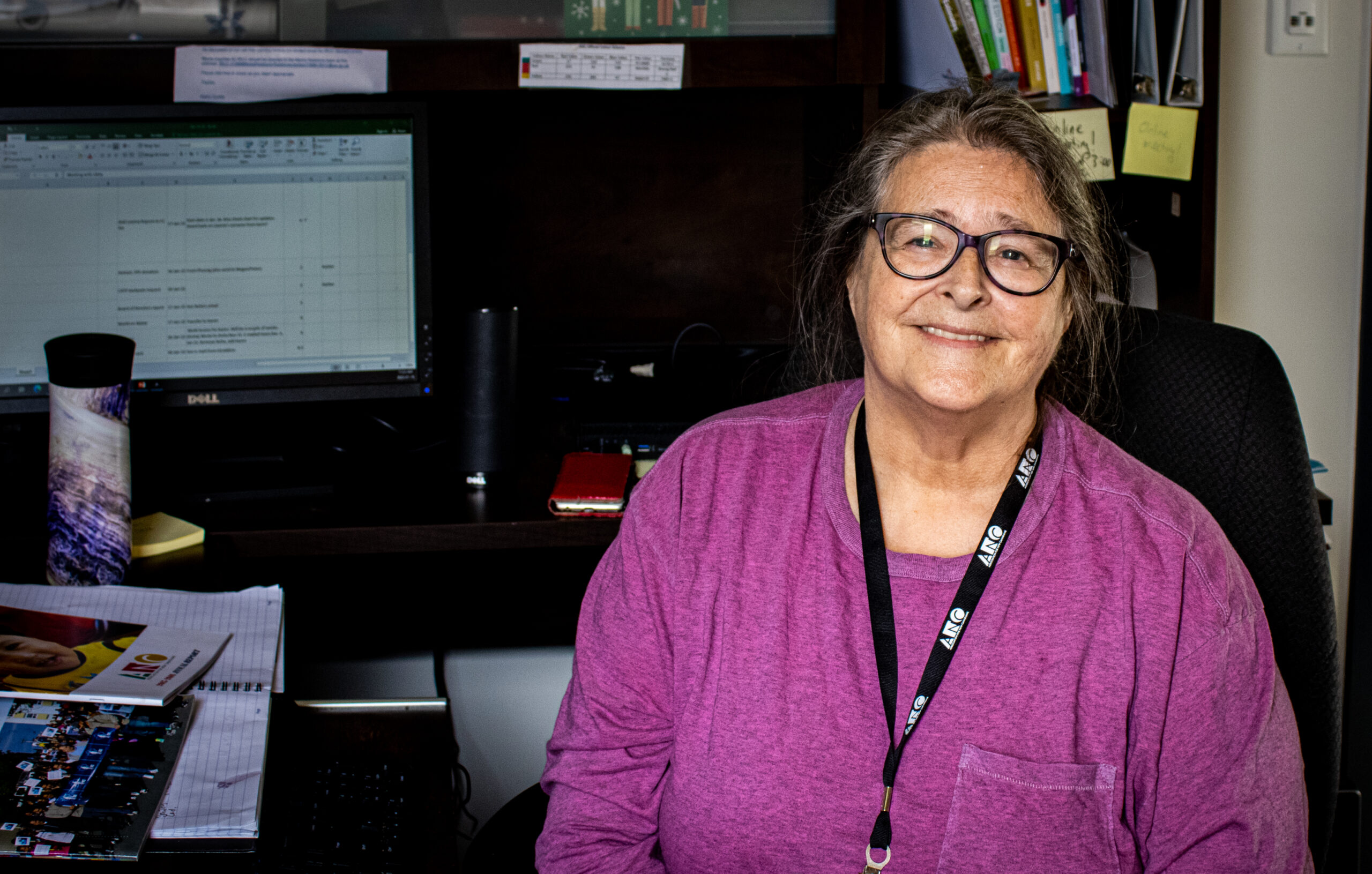Ukrainian and Syrian refugees had different wait times to enter Canada after war broke out in their countries. But the difference might not have been a case of discrimination.

Kadin Hai
Kicker
It took two and a half months for the first Ukrainian refugees to arrive in the province after Russia invaded Ukraine; it took nearly five years for the first Syrian refugees fleeing from civil war in their country.
The difference boils down to whether they were government-assisted refugees or temporary visa holders, suggests an official with the Association for New Canadians
“. . . (Syrians) arrive as government-assisted refugees and as such they are fast tracked for permanent residency” said Jean Graham, the ANC’s communications, marketing and media coordinator.
“Whereas Ukrainians… I think it’s a three-year temporary work permit, (a) temporary visitors permit, to be here, so they can come and they can work.”
Syrian refugees go through the UN in order to arrive as government-assisted refugees. Ukrainians apply directly for temporary visas through the provincial government.
This isn’t the only difference between Syrian and Ukrainian refugees. In the last eight months, around 1,600 Ukrainian refugees arrived in the province. On the other hand, between 2015 and 2020 around 700 Syrian refugees arrived in the province.
Graham said this discrepancy in wait times is due to the process of arriving as a refugee, as the UN’s resettlement program is a very long process.
According to the UN’s resettlement handbook, the resettlement process involves choosing refugees from a country that they’ve gone to for protection and bringing them to another country that has agreed to let them in with permanent residence status.
One person affected by the long process is Safaa Tohme and her family, who arrived in the province on Jan. 1, 2016.
“… In 2014 we went to Lebanon,” said Tohme, “(It’s) more safe (than) Syria, and we applied for UN (resettlement), we applied for food and for housing. UN gives refugees in Lebanon some money. We lived there for one year and eight months… and they called us (and asked) if we wanted to move to Canada.”
Ukrainian refugees, however, didn’t have to wait nearly as long. Only eight days after Russia invaded Ukraine, the federal government announced its plans to create new immigration streams for Ukrainians who wished to come to Canada.
On May 9, 2022, two months and 15 days after the Russian invasion, the first Ukrainian refugees arrived in the province.
Although her wait was much longer, Tohme has only positive things to say about her new home.
“I never connected with any bad people… (The) first time I was in Sobeys, we (had) to pay at the cash register, and one lady she saw us, and she paid for us. That was a surprise for us, someone pay(ing) for you. She said that she didn’t understand (us), she said you are new (and) I will help.”
With a smile on her face, Tohme said that she doesn’t see any differences between Syrian refugees and Ukrainian refugees.
“We are all the same”.
About the author
Kadin Hai is a journalist working with the CNA student news organization, Kicker. He currently is a first-year student in the journalism program at the college. He loves writing about human experiences.




Amazing story!